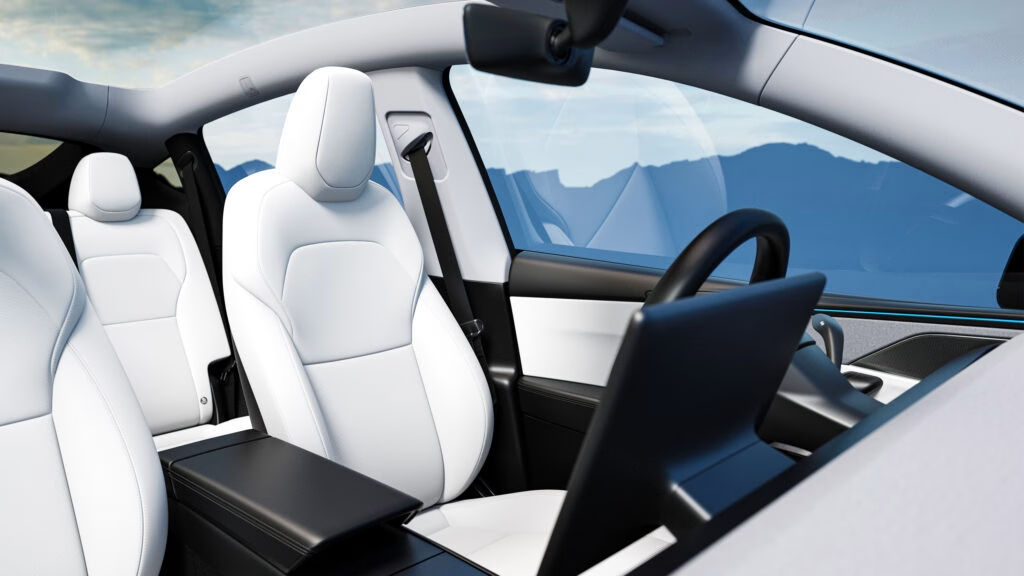Why Are Over 7,000 Tesla Model Ys Being Recalled in Australia?
If you own a 2025 Tesla Model Y in Australia, you might have received—or soon will—a notice about a recall. The reason? A safety concern with the driver’s side window. According to the federal transportation department, the automatic protection system in the window may not work as intended. In plain English, this means the window could close with more force than it should, even if something (like your hand or finger) is in the way. Not exactly the kind of surprise anyone wants.
This isn’t just a minor inconvenience. The risk of injury is real, especially for families with kids who love to poke around. The recall affects 7,301 Model Ys across all variants, so it’s not just a niche problem. Tesla’s approach, though, is refreshingly modern: instead of dragging your car to a service center, the fix comes via a simple over-the-air software update. You’ll be able to handle it from your driveway, coffee in hand.
How Does the Tesla Recall Fix Actually Work?
Here’s where Tesla’s tech-forward philosophy shines. Rather than a traditional recall that means days without your car, the company is pushing out a software update wirelessly. If your Model Y is already running software version 2025.26.6 or later, you’re in the clear—no action needed. For everyone else, Tesla will notify you in writing and send the update directly to your vehicle.
To check your software version, just tap Controls, then Software, on your infotainment screen. If you’re not up to date, the update will download and install automatically once available. This process not only saves time but also keeps your car on the road, minimizing any disruption to your daily routine.
Has Tesla Faced This Problem Before?
This isn’t Tesla’s first rodeo with window issues. Back in 2022, the company recalled over 1 million vehicles in the United States for a nearly identical problem. At that time, the entire Tesla lineup—Model S, Model X, Model 3, and Model Y—was affected because the side windows could close with too much force and might not retract if they hit an obstruction.
That recall, like the current one in Australia, was resolved with a software update. It’s a reminder that even the most advanced vehicles can have old-school problems, but also that software-driven cars can be fixed in ways that would have been unimaginable a decade ago.
What Should Tesla Owners Do Right Now?
If you’re driving a 2025 Model Y in Australia, it’s worth double-checking your software version today. Head to Controls > Software on your touchscreen. If you’re already on version 2025.26.6 or later, you’re all set. If not, keep an eye out for a notification from Tesla. The update will arrive soon, and you won’t need to schedule a service appointment or rearrange your week.
It’s also a good idea to talk to your family—especially kids—about the window issue, just in case. Until the update is installed, be extra cautious when using the driver’s side window.
Why Do These Recalls Matter for the Future of Car Safety?
Tesla’s recall highlights a broader shift in how carmakers handle safety issues. Traditional recalls often mean weeks of waiting and lost productivity. With over-the-air updates, fixes can be rolled out in days, not months, and with far less hassle for owners. According to a 2023 report from the Australian Competition and Consumer Commission, software-based recalls are expected to become the norm as more vehicles rely on digital systems for safety and performance.
But there’s a flip side. As cars become more software-dependent, new types of bugs and vulnerabilities can crop up. The challenge for automakers is to stay ahead of these issues and ensure that digital fixes are as robust as mechanical ones. It’s a balancing act—one that’s only going to get trickier as vehicles get smarter.
The Big Takeaway
Car safety in the digital age isn’t about perfection—it’s about smarter adjustments. If you’re a Tesla owner, start by checking your software version this week. That one simple step could save you a headache—or even a finger—down the line. And with the pace of change in automotive tech, staying proactive is the best way to keep your ride safe and sound.

